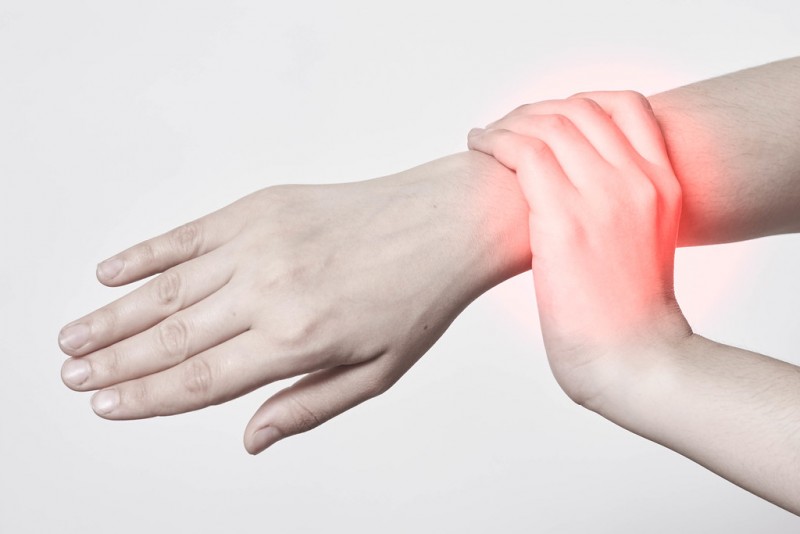Wrist pain can be debilitating, affecting daily activities and reducing quality of life. Finding the right treatment is crucial for recovery and regaining functionality. In this article, we delve into the various aspects of wrist pain treatment, from causes to therapies, helping you understand how to alleviate discomfort effectively.
Understanding Wrist Pain: Causes and Symptoms
- Unraveling the Triggers: Identifying underlying causes such as repetitive motion, injury, or conditions like carpal tunnel syndrome.
- Symptoms Unveiled: Recognizing signs like pain, stiffness, swelling, and tingling that indicate wrist-related issues.
Professional Diagnosis: The First Step to Recovery
- Consulting a Specialist: Seeking help from a medical professional to accurately diagnose the root cause of wrist pain.
- Diagnostic Tools: Exploring X-rays, MRI scans, and physical examinations to determine the extent of the problem.
Non-Invasive Treatments for Wrist Pain
- Rest and Immobilization: Allowing the wrist to heal by minimizing movement and using splints or braces.
- Physical Therapy: Engaging in targeted exercises to strengthen wrist muscles and improve flexibility.
- Pain Management: Exploring over-the-counter pain relievers and anti-inflammatory medications.
Advanced Interventions: When Conservative Methods Fall Short
- Corticosteroid Injections: Discussing the potential benefits and risks of injecting corticosteroids into the wrist joint.
- Laser Therapy: Exploring the use of low-level lasers to reduce pain and promote tissue healing.
Surgical Options: A Last Resort
- Arthroscopy: Understanding the minimally invasive procedure that uses a camera to guide surgical repairs.
- Joint Replacement: Exploring cases where joint damage might necessitate partial or complete wrist joint replacement.
Holistic Approaches to Wrist Pain Management
- Acupuncture: Delving into the ancient practice of acupuncture and its potential to alleviate wrist pain.
- Chiropractic Care: Considering spinal adjustments and manual therapies for wrist pain relief.
Lifestyle Modifications for Long-Term Relief
- Ergonomic Adjustments: Making changes in workspace and daily activities to reduce strain on the wrists.
- Stretching and Strengthening Routine: Incorporating regular wrist exercises to maintain joint health.
The Road to Recovery: Patience and Persistence
- Setting Realistic Expectations: Understanding that recovery timelines vary based on the severity of the condition.
- Consistency is Key: Emphasizing the importance of adhering to treatment plans and follow-up appointments.
Addressing wrist pain involves a multifaceted approach, combining professional medical guidance, non-invasive treatments, advanced interventions, and holistic practices. By understanding the various options available, individuals can take proactive steps towards recovery and improved wrist health.
How Much Chives Should You Consume?
A Small Amount of Nuts Daily May Reduce the Risk of Depression
How to Grow Tulsi at Home: Into the Bloom
